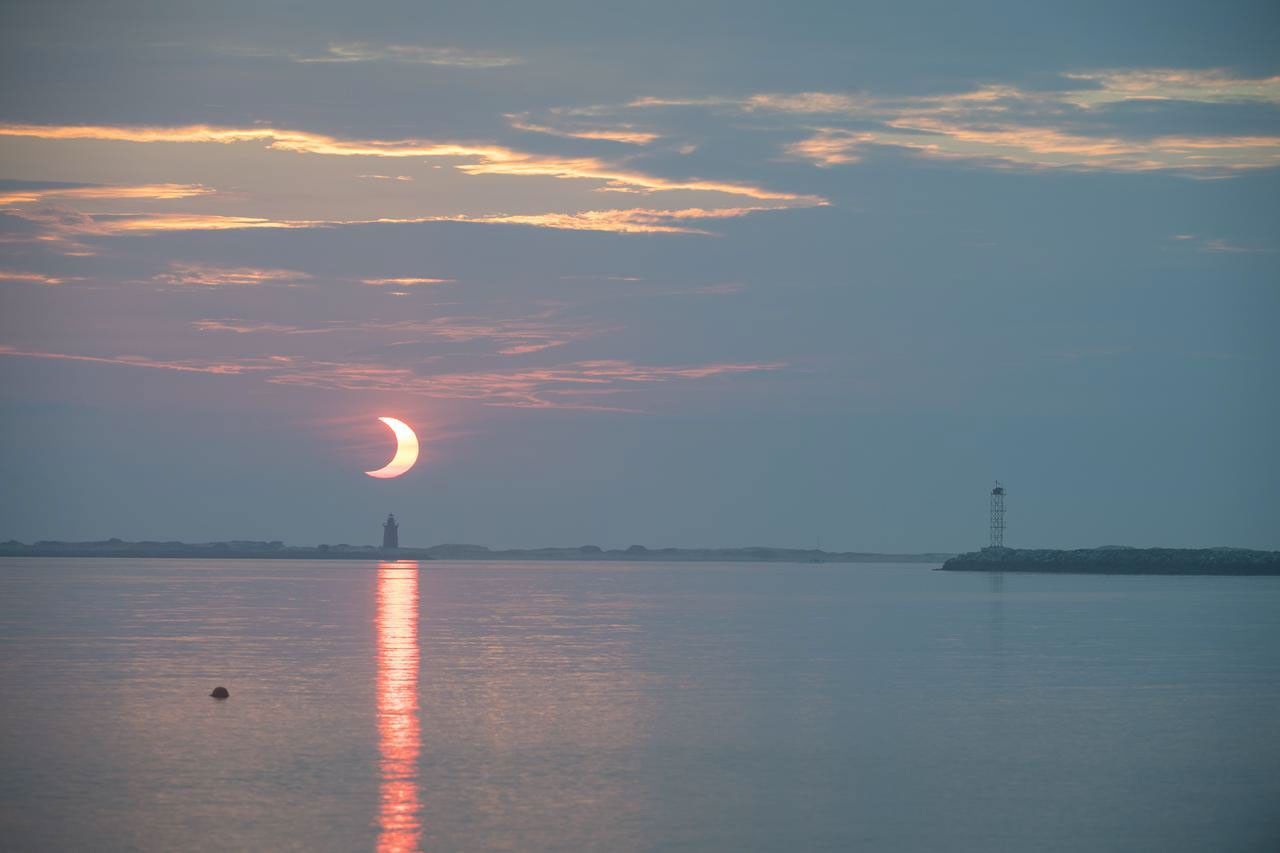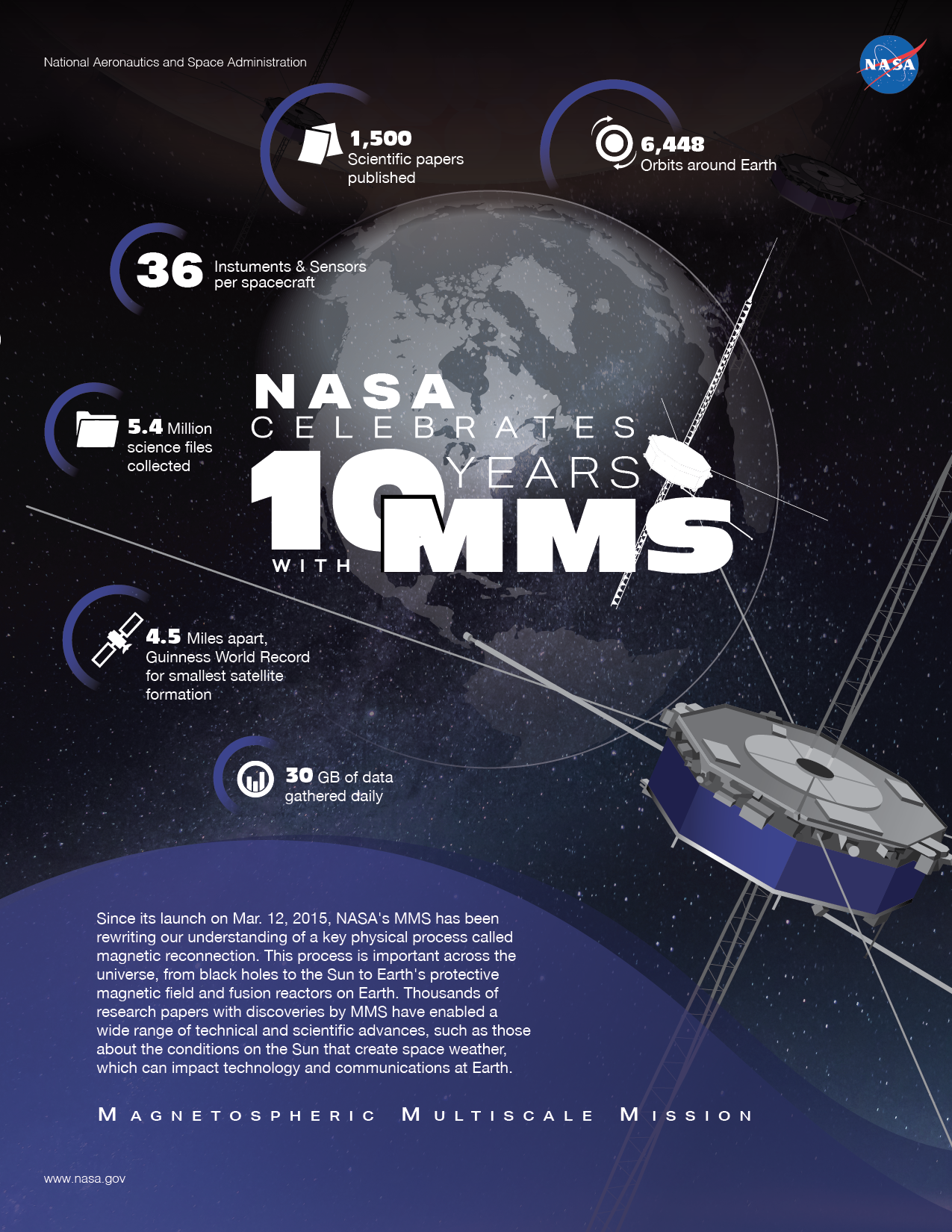This image from NASA’s Juno mission captures the northern hemisphere of Jupiter around the region known as Jet N7. The planet’s strong winds create the many swirling storms visible near the top of its atmosphere. Data from Juno helped scientists discover another, less visible effect of those winds: Jupiter’s powerful magnetic field changes over time. The winds extend more than 1800 miles (3000 kilometers) deep, where the material lower in Jupiter’s atmosphere is highly conductive, electrically. Scientists determined that the wind shears this conductive material apart and carries it around the planet, which changes the shape of the magnetic field.
Citizen scientist Kevin M. Gill created this false-color image using data from the JunoCam camera. The original image was taken on February 21, 2021 as the Juno spacecraft performed its 32nd close flyby of Jupiter. At the time, the spacecraft was about 10,200 miles (16,400 kilometers) from the tops of the clouds at a latitude of about 66 degrees north.
JunoCam’s raw images are available for the public to peruse and process into image products at https://missionjuno.swri.edu/junocam/processing. More information about NASA citizen science can be found at https://science.nasa.gov/citizenscience and https://www.nasa.gov/solve/opportunities/citizenscience.
More information about Juno is at https://www.nasa.gov/juno and https://missionjuno.swri.edu. For more about this finding and other science results, see https://www.missionjuno.swri.edu/science-findings.
Image data: NASA/JPL-Caltech/SwRI/MSSS
Image processing by Kevin M. Gill © CC BY































